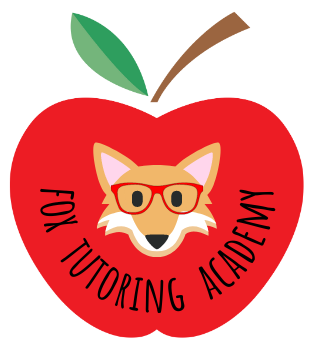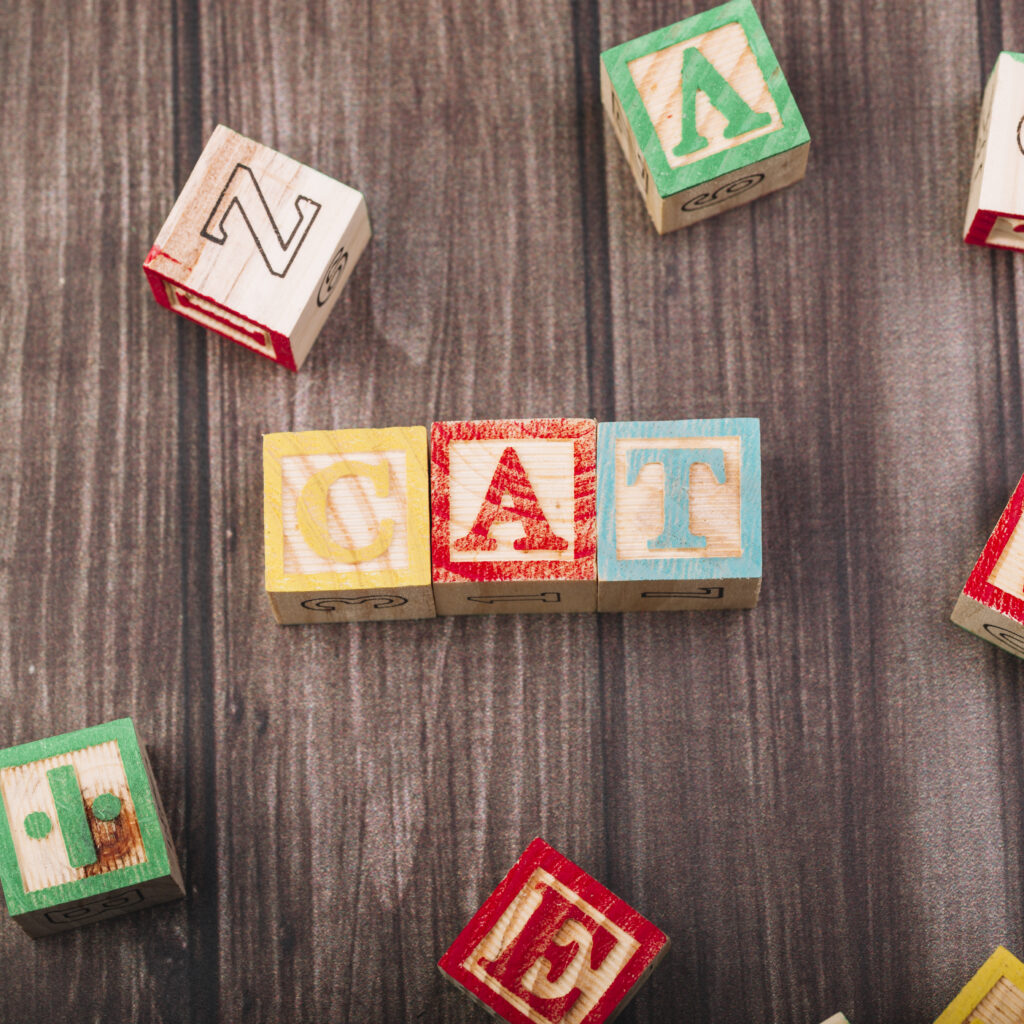Decoding and Encoding
Have you ever heard terms like decoding and encoding and wondered what they really mean for your child’s reading and writing skills? While they sound similar, these two skills are different, but both are essential for your child’s literacy journey.
In this blog, we’ll break down what decoding and encoding are, how they work together, and why understanding the difference can help you better support your child’s learning process.
What is Decoding?
Decoding is the skill your child uses to read words by translating letters into sounds. When they decode, they recognize each letter or letter pattern, match them to the correct sounds, and blend the sounds to read the word.
For example, when your child encounters the word “train,” they might decode it like this:
- T makes the /t/ sound.
- R makes the /r/ sound.
- AI is a vowel team that makes the long A sound, like in “rain.”
- N makes the /n/ sound.
When they blend these sounds together, they can read the word “train.”
Why Decoding Matters
Decoding is the foundation for reading. It helps your child break unfamiliar words down into smaller, recognizable sounds or patterns. Strong decoding skills lead to reading fluency, which is the ability to read smoothly and accurately. The better your child decodes, the easier it will be for them to read more challenging texts and enjoy reading.
What is Encoding?
Encoding is the opposite of decoding—it’s the process of writing or spelling words by translating sounds into letters. When your child encodes, they think of a word they want to write, break it down into individual sounds, and match those sounds to the correct letters or letter patterns.
For example, if your child wants to spell the word “train,” they might encode it like this:
- They hear the sound /t/ and know it’s represented by the letter T.
- They hear the sound /r/ and know it’s represented by the letter R.
- For the long /A/ sound, they remember that AI is a common spelling pattern for this sound.
- Finally, they hear /n/ and know it’s represented by the letter N.
They successfully encode the word “train.”
Why Encoding Matters
Encoding is important for helping your child spell and write accurately. It strengthens their understanding of how words are built by connecting the sounds they hear with the letters they write. This process reinforces sound-to-letter patterns, which not only improves their spelling but also boosts their reading skills. The more your child practices encoding, the better they will become at spelling more challenging words.
Exploring Letter Patterns in Decoding and Encoding
As your child develops decoding and encoding skills, they’ll encounter different letter patterns that don’t follow the “one letter, one sound” rule. Recognizing these patterns is key to mastering both reading and spelling.
- Vowel Teams: Some sounds are made by combining two vowels, like ai in “rain” or oa in “boat.”
- Silent Letters: Words like “knight” or “wrist” contain silent letters that are not pronounced but must be included in spelling.
- Consonant Digraphs: Two consonants working together to make one sound, like sh in “ship.”
- R-Controlled Vowels: In words like “car” or “bird,” the vowel sound is controlled by the letter R, making unique sounds your child learns to decode and encode.
Understanding these patterns helps your child read and spell more complex words, improving both their decoding and encoding skills.
How Decoding and Encoding Work Together
Decoding (reading) and encoding (spelling) are two sides of the same coin. When your child learns one skill, it naturally strengthens the other. For example, when your child decodes a word like “flight,” they are learning that the letter pattern igh makes the long /I/ sound. Later, when they need to spell the word, they can use that same knowledge to encode it correctly, remembering to use igh for the /I/ sound.
By practicing both decoding and encoding, your child builds a stronger understanding of phonics—the system of letters and sounds—which is critical for success in both reading and writing.
Why Does This Matter for Parents?
Understanding the difference between decoding and encoding can help you better support your child’s literacy journey. Here are some tips to help you encourage both skills at home:
- If reading is challenging, focus on phonics games and activities that help with decoding.
- If spelling or writing is tricky, work on breaking words into sounds and matching those sounds to the correct letter patterns.
- Encourage both reading and writing practice. When your child reads a new word, have them write it, and when they spell a new word, have them read it.
Both decoding and encoding are essential for your child to become a confident reader and writer, and strengthening one will improve the other.
Final Thoughts
Decoding and encoding are both vital skills for your child’s literacy development. Decoding helps them read new words, while encoding helps them spell them. By understanding the letter patterns that make up words, your child will build the strong phonics foundation needed to master both reading and writing.
Want more tips on building reading and writing skills? Download my free guide, “The 5 Essential Areas of Reading At Home,” and discover practical strategies to help your child strengthen their reading and writing skills today!

